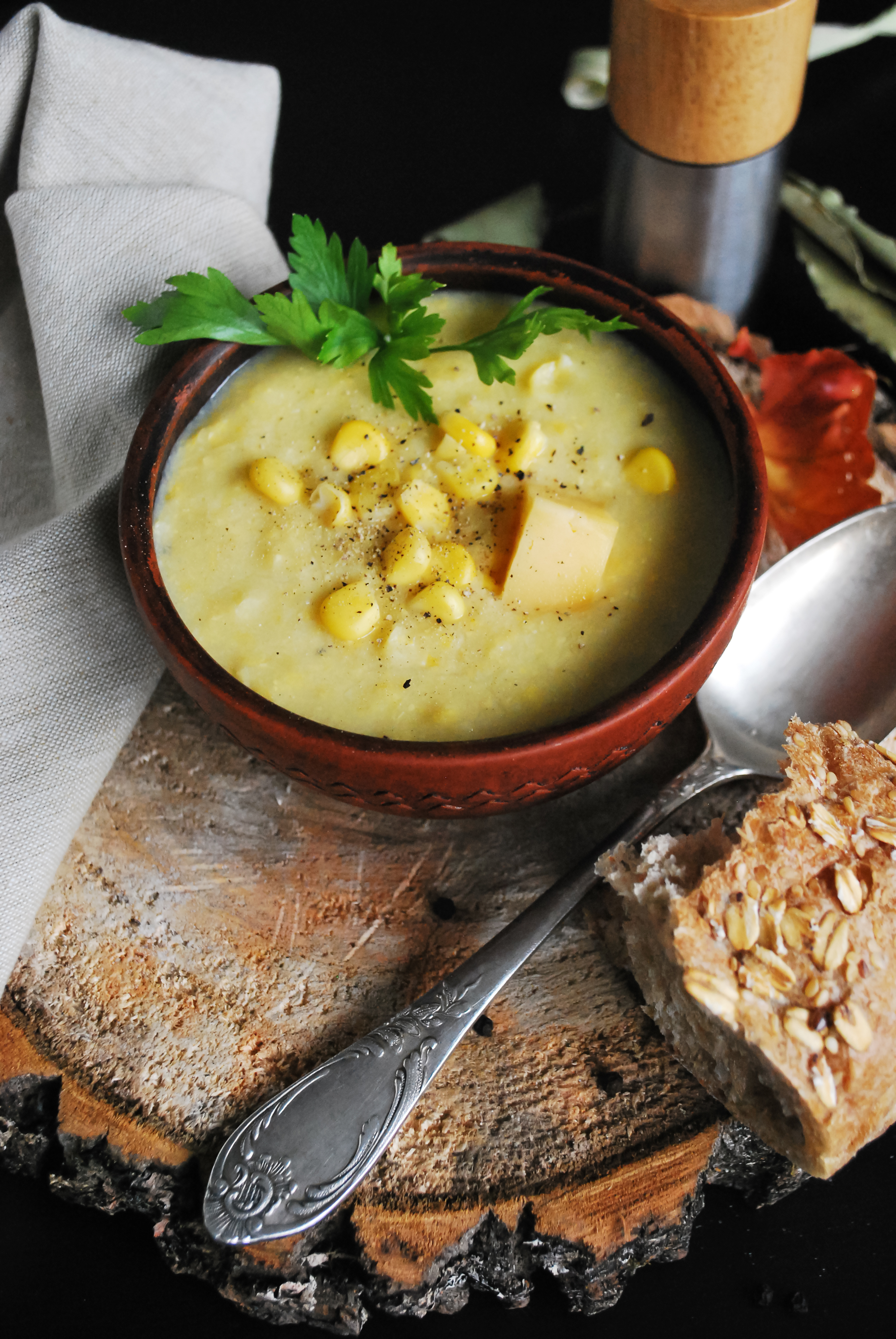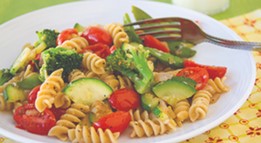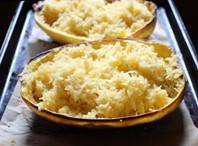Cheese
Cheese is a nutrient-dense food that provides protein, vitamins, and minerals, especially calcium. A serving size of cheese is 1 1/2 ounces, which is about the size of 3 dominoes.
Buying cheese
- Aged or sharp cheese often costs more than soft or mild cheese.
- Sliced or grated cheese usually costs more than blocks of cheese.
- Processed cheese (including American cheese) may cost less than natural cheese, but has added salt and oil.
- Compare the cost per ounce. If buying cheese in bulk is more cost efficient for your budget and family needs, follow our tips for storing extra cheese below.
Storing cheese
- Keep unopened cheese in the refrigerator and in the packaging until ready to use.
- After opening, wrap cheese tightly, as air causes it to dry out and grow mold. If mold occurs on hard cheese, cut away the mold plus one inch and throw away. Keep the knife out of the mold so it will not cross-contaminate other parts of the cheese. After trimming off the mold, cover the cheese in fresh wrap. If mold occurs on soft cheese (cream cheese, etc.) discard it.
- Cheese can be frozen. However, it can dry out. Frozen, grated cheese works best for baked dishes like a casserole or lasagna. There is no need to defrost, just add it to the dish.
Cooking with cheese
Cook cheese on low heat as high heat causes it to become rubbery and/or stringy.

Ways to enjoy cheese
- Sprinkle grated cheese on baked potatoes or other vegetables.
- Top meat and veggies with a slice of cheese on a whole grain sandwich.
- Top chili or soup with grated cheese.
- Make tacos or burritos and top with cheese.
- Make a cheese and vegetable omelet.
- Add grated cheese to biscuit dough before baking.
- Add grated cheese to scrambled eggs.
- Add a slice of cheese to an English muffin and eat with fruit for a quick breakfast.
- Make a quick lunch of cheese, refried beans, and veggies on a tortilla.
Featured Recipes
Cheesy Pasta with Summer VegetablesWash and prepare vegetables. Cook pasta according to package directions. Drainwater from cooked pasta and save 1/4 cup of water. 3) Heat oil in a large skillet as pasta cooks. Add garlic andonion to skillet. Sauté over medium heat about 1-2 minutes or until soft. Add any uncooked hard vegetables and cook for 3minutes. Add soft vegetables and continue to cook. Add Italian seasoning, salt, and pepper. Add tomatoes last and cook until warm.Add cooked drained pasta to the vegetables. Add a little of the water from the pasta if needed.Add cheeses to mixture. Stir until cheese is mostly melted.Serve immediately. |
 |
Cheesy Spaghetti SquashPreheat oven to 375°F.Rinse spaghetti squash with plenty of running water.Scrub any visible dirt off.On a cutting board, carefully cut the spaghetti squashin half, lengthwise.Scoop out and discard seeds (or roast them separatelyif you would like).Rub olive oil on the cut sides of the spaghetti squash.Place squash on a lined baking sheet with the inside ofthe squash facing down.Bake for 40 minutes. Test that it is done by pressingthe squash skin with a fork. The squash should giveunder a small amount of pressure.Let the squash cool for 10-15 minutes before handling,then use a fork to fluff the spaghetti squash into anoodle-like shape.In a large bowl, gently mix the spaghetti squash"noodles", parmesan cheese, and black pepper totaste.For the best flavor, serve while hot. |
 |

 You may require
You may require